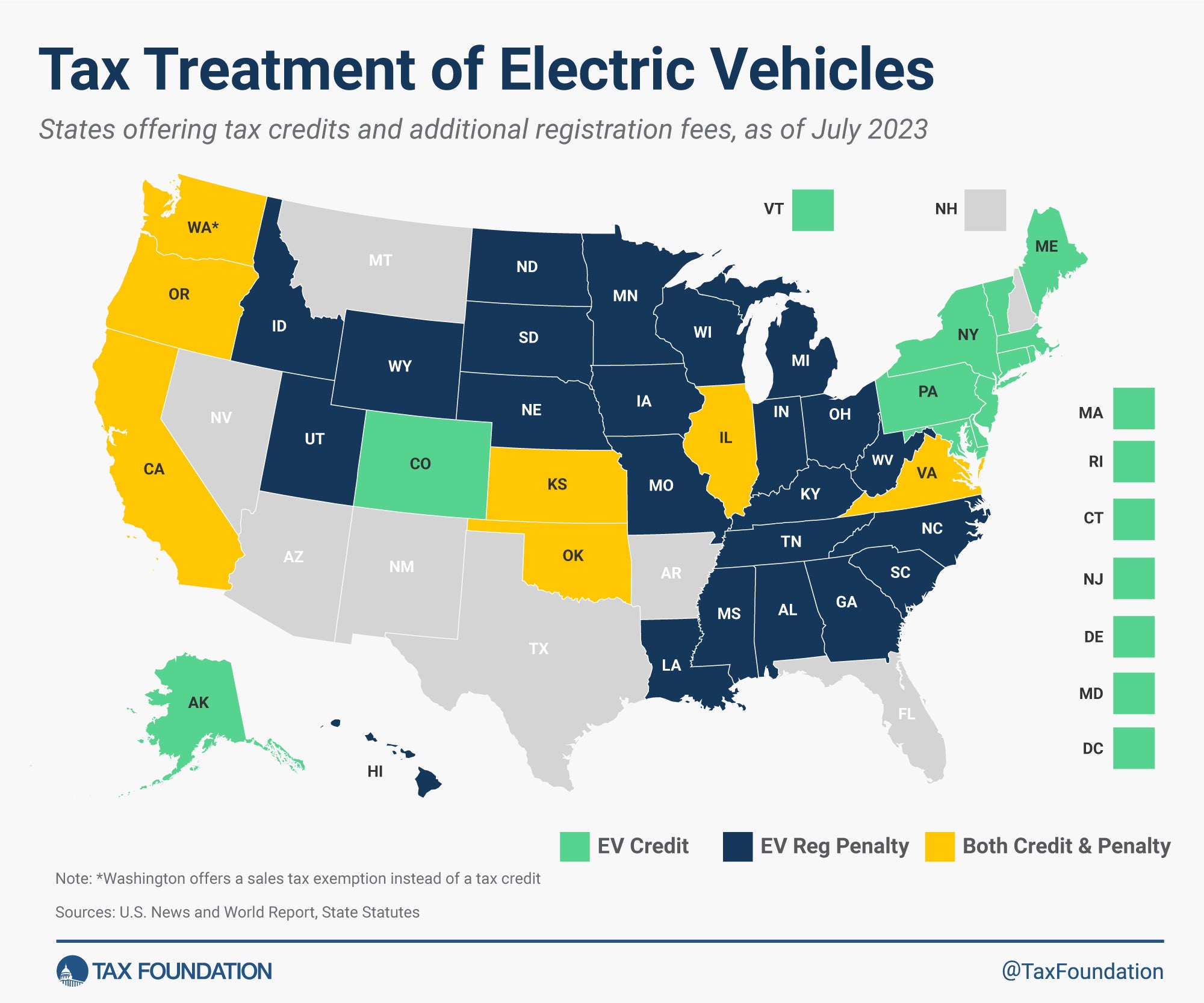Bringing Down the House: House v. NCAA Could Potentially Mean Big Changes for Collegiate NIL Rules | Bradley Arant Boult Cummings LLP
In a recent development, on September 22, 2023, a federal judge took a significant step by certifying an injunctive relief class comprising of at least 184,000 college athletes. This decision paves the way for the House v. NCAA case to proceed, which has far-reaching implications for the landscape of college athletics and the rights of student-athletes to profit from their names, images, and likenesses (NIL).The NCAA and Power Five Conferences did not oppose certification of the injunctive relief class; however, they did oppose certification of three damages classes.
At the heart of the House case lies the allegation that the NCAA and Power Five conferences violated antitrust laws through their imposition of restrictions on NIL activities and their prohibition of sharing broadcast revenue with student-athletes. Notably, the case is presided over by the Honorable Claudia Wilken, who has previously presided over two major NCAA cases, O’Bannon and Alston, both of which resulted in outcomes that were unfavorable for the NCAA.
The injunctive relief class includes all college athletes currently competing, who have competed, or will compete for Division I sports teams between June 15, 2020, and the judgment date of the case. The certification of an injunctive relief class allows this case to progress, but it’s essential to note that the certification of three damages classes is still pending. The Plaintiffs are seeking certification of three damages classes comprising:
- Football and men’s basketball class;
- Women’s basketball class; and
- Additional sports class
If these damages classes are ultimately certified, the NCAA and defendant conferences potentially face staggering damages of nearly $1.4 billion, which could triple to over $3 billion if the plaintiffs prevail.
Lawsuit
The House case originated as two distinct legal actions. Plaintiffs Grant House and Sedona Price initiated the House case on June 15, 2020, well over a year before significant changes were made to the NCAA’s NIL regulations. At the time of filing, Grant House was a member of Arizona State University’s men’s swimming and diving team, while Sedona Price played for the University of Oregon women’s basketball team. A third plaintiff, Tymir Oliver, formerly a football player at the University of Illinois, had initially filed a separate lawsuit, Oliver v. NCAA, which subsequently was consolidated with the House case.
Initially filed prior to the NIL rule revisions, the House case primarily alleged that both the NCAA and the Power Five Conferences imposed limitations on the compensation that Division I college athletes could receive for the use of their NIL. While there have been subsequent changes allowing college athletes to earn income from their NIL, NCAA rules still impose specific restrictions on NIL compensation. In their consolidated complaint, the plaintiffs challenged these very same NCAA rules, supplementing their claims with allegations related to the NCAA’s “interim” NIL policy, which permitted some NIL compensation. However, the plaintiffs contended that this interim policy failed to adequately address the inherently anticompetitive nature of the NCAA rules.
At the heart of the matter are rules that purportedly restrict student-athletes’ compensation for the commercial use of their NIL and prohibit NCAA member conferences and schools from sharing revenues derived from third parties’ use of student-athletes’ NIL. Currently, college athletes do not partake in the sharing of their school’s media revenues, sponsorship agreements, or apparel deals.
The plaintiffs have consistently argued that the previous NCAA rules, whether suspended or not under the “interim” NIL policy, are anticompetitive and violate antitrust laws as they artificially restrict compensation for student-athletes in exchange for the use of their NIL. According to the plaintiffs, the absence of such constraints would enable student-athletes to engage in commercial opportunities and participate in the financial benefits generated by their NIL, fostering increased competition among conferences and schools. To that end, the plaintiffs have brought forth specific claims, including:
- Conspiracy to fix prices, in violation of Section 1 of the Sherman Act.
- Group boycott or refusal to deal, in violation of Section 1 of the Sherman Act.
- Unjust enrichment.
In pursuit of a remedy, the plaintiffs seek an injunction aimed at restraining the NCAA from enforcing its NIL-related rules. The primary objective of this injunction is to prevent the NCAA from implementing these specific rules, which the plaintiffs believe are anticompetitive and in violation of antitrust laws. As a result, during the legal proceedings, the injunction would bar the NCAA from enforcing these rules, thereby enabling student-athletes to continue exploring NIL opportunities and earning NIL compensation.
In addition to injunctive relief, the plaintiffs are seeking backpay to compensate for lost NIL revenues. This encompasses a wide range of potential losses, including:
- Lost NIL broadcast revenues.
- Lost NIL video game revenues.
- Lost revenues resulting from third-party NIL deals that have been taking place since July 1, 2021, as well as those that would have occurred since June 15, 2016, if not for the NCAA’s prior NIL rules.
In the ever-evolving landscape of college athletics, the House case looms as a potential game-changer. If successful, it could unlock a world of expanded NIL opportunities for student-athletes, enabling endorsements, sponsorships, and new revenue-sharing models that directly link their financial well-being to the success of their programs. This case isn’t just about NIL rights; it has the power to reshape the very foundations of college sports. The NCAA’s current situation, somewhat self-inflicted due to hesitancy and resistance to change, now faces a transformative moment. In the words of Bob Dylan, “the times they are a-changin’,” and the House case stands at the forefront of this change, regardless of whether the NCAA fully embraces it or not.






